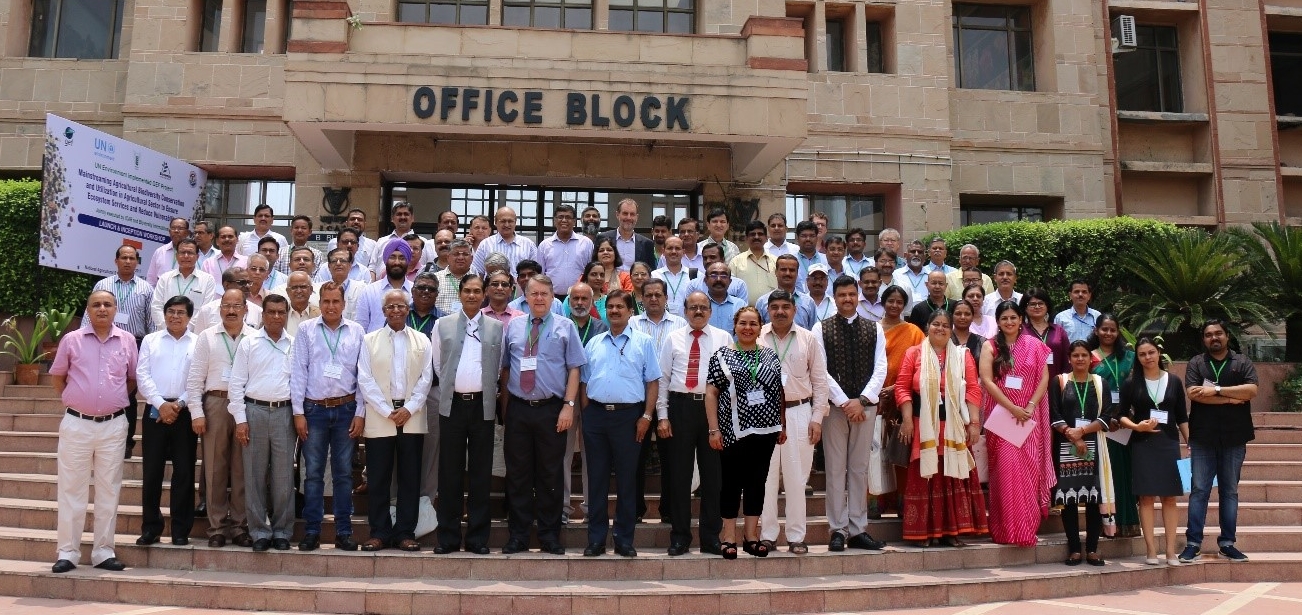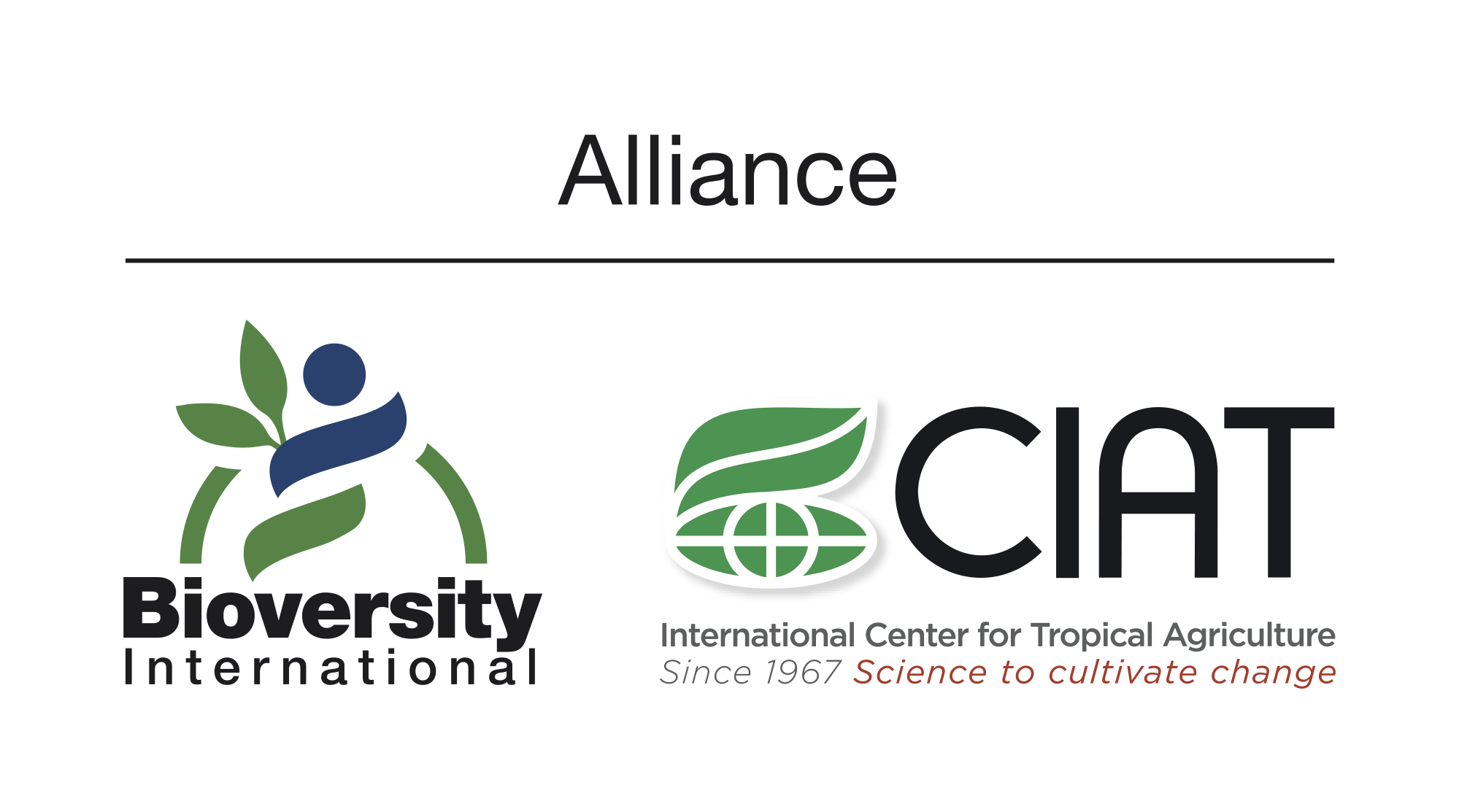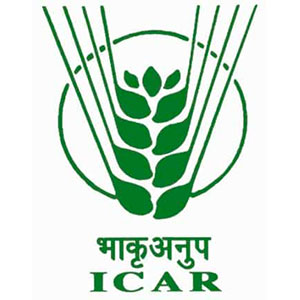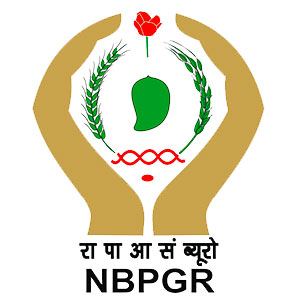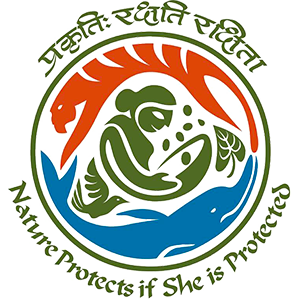The project launch ceremony was held on 18 July 2017. JC Rana, NPC welcomed the guests and participants. He apprised the house on the project activities, partners’ network, objectives, expected outputs and outcomes.
NK Krishna Kumar, Regional Representative, Bioversity International, India presented the overview of the various project components and how these components will ensure sustainable livelihoods, improved ecosystems services and better institutional support system. He showed his concern on the increasing mono-cropping, eroding genetic resources and changing land use patterns, cropping systems, but at the same time emphasized that the solution to address those challenges lay in agrobiodiversity.
Kuldeep Singh, Director ICAR-NBPGR, highlighted the importance of genetic resources in today’s context and how NBPGR is managing the entire spectrum of country’s genetic resources. He mentioned that there had been many landraces, farmer’s varieties and wild edible plants which were under cultivation but now have got extinct and how through this project will help to re-introduce some of those landraces in their original habitats by linking ex situ and in situ on farm conservation systems. He also suggested inclusion of some sites from highly intensive mono cropping areas such as Punjab in the project.
Marieta Sakalian, Senior Programme Management Officer, United Nations Environment Programme appreciated the role of India in the GEF programmes and appraised the house that India is a major partner in many areas of UN Environment Programmes. She said that this project had a unique combination of public-private partnership. She also reiterated that climate change was well-recognised and hoped to address some such challenges through this project.
Stephan Weise, DDG Research, Bioversity International elaborated on the role and involvement of Bioversity International in implementing various programmes on mainstreaming agrobiodiversity in different countries. He raised his concern on climate change, increasing mal nutrition, land degradation shrinking biodiversity leading to greater risk for present food systems. He also appraised the gathering on Delhi Declaration and how Bioversity International was taking it forward through such projects including Seeds for Needs, Community Seed Systems, introduction of germplasm and management of pests and diseases such as Tropical Race 4 in banana.
K. Alagusundaram, Deputy Director General (Agricultural Engineering & NRM) recalled the days when farmers used to grow several varieties, which have a very high nutritive value and taste. Some of the varieties he mentioned were Maplige, Kuainwali. He urged NBPGR and Bioversity International to explore the possibility of reintroducing such varieties from National Gene Bank.
Shri Chhabilendra Roul, Additional Secretary (DARE) & Secretary (ICAR) shared his experience of Odisha and Punjab. He said that he had compiled list of 27 varieties, which were grown in his village but surprisingly none of them is available in field. Now whole village is growing only three varieties and those were also improved. He strongly advocated that farmers and communities be involved in the traditional agrobiodiversity conservation and are appropriately rewarded and compensated for the loss they are incurring by modern agricultural systems that compromise their traditional farming practices. He emphasized the need for appropriate policy support and mechanism for this.
Trilochan Mohapatra, Secretary (DARE) & Director General (ICAR) appreciated the objective of the project and assured full cooperation of ICAR in its implementation in India. He raised his concern on certain issues and hoped that these will be addressed through this project. Some of the concerns raised were:
- How to add value to the agrobiodiversity being conserved at community level to make it a source of sustainability and livelihoods. He gave examples of landraces viz. Kala zeera and Govind Bhog, which were successfully marketed initially but could not be sustained later. Thus, a well-established network and value chain is needed.
- He also advocated enhancing the use of germplasm through discovery of novel traits.
- He urged scientists to make use of modern scientific tools to harness the benefits of traditional genetic resources and how traditional genetic resources could be used to reduce climate vulnerability.
- He strongly conveyed that project would be monitored and evaluated strictly so that deliverables were achieved and communities were served for improvement in their sustainability and livelihoods.
